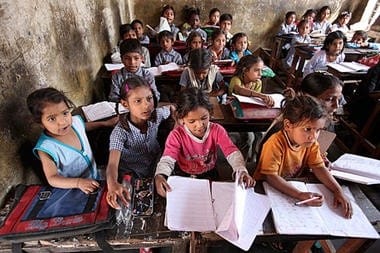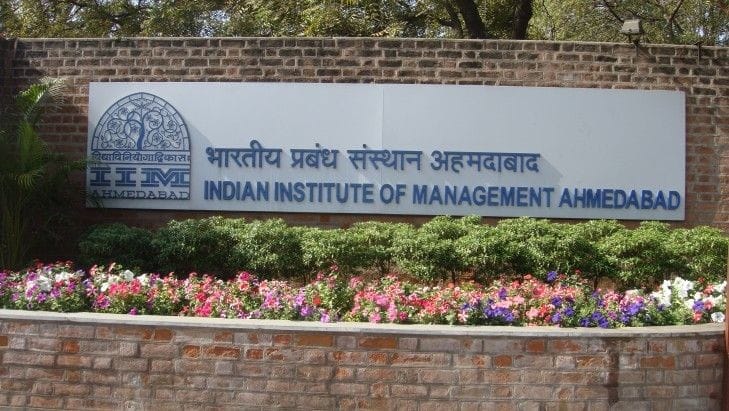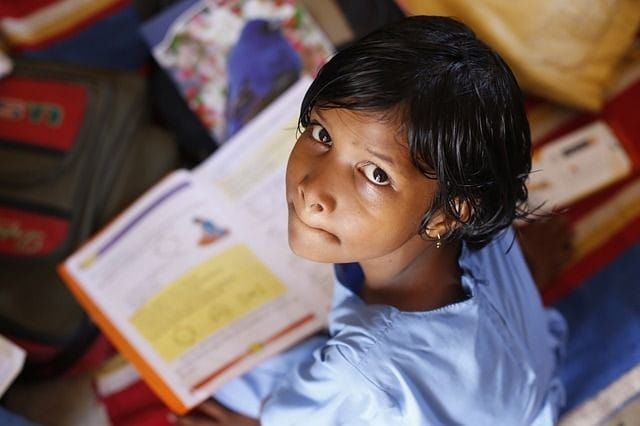India has made significant progress in the field of education, but the quality of education in rural areas still remains a major challenge. Education is the key to a better life, and it is crucial that every child in the country has access to quality education. Unfortunately, the education system in rural areas of India is plagued by numerous challenges that need to be addressed to ensure that children in these areas have an equal chance at success.
One of the biggest challenges faced by rural education in India is the lack of infrastructure. Most of the schools in rural areas do not have basic facilities such as classrooms, libraries, laboratories, or playgrounds. This lack of infrastructure makes it difficult for students to learn and develop their skills. Moreover, it makes it challenging for teachers to provide quality education. In many schools, multiple grades are taught in the same classroom, which can be distracting and difficult for students to learn.
Another challenge is the shortage of qualified teachers. Rural schools often struggle to attract and retain qualified teachers due to the lack of basic amenities and inadequate compensation. This results in a shortage of teachers, which affects the quality of education provided to students. Teachers in rural areas often have to teach multiple grades and subjects, which can be overwhelming and result in subpar education for students.
Another major challenge is the lack of resources. Many rural schools do not have access to textbooks, teaching aids, or other educational resources. This makes it difficult for teachers to create an engaging learning environment and for students to learn effectively. Additionally, schools in rural areas often lack access to technology, which is becoming increasingly important in modern education.
Additionally, the socio-economic conditions of rural areas are a major challenge. Poverty, lack of proper nutrition, and health issues can affect the learning abilities of students. Many children in rural areas are forced to work instead of attending school, which impacts their education and future prospects.
Moreover, there are significant disparities in education opportunities between boys and girls in rural areas. The dropout rate for girls is high due to early marriage, cultural biases, and a lack of facilities. This leads to fewer opportunities for women in rural areas and perpetuates the cycle of poverty.
In conclusion, rural education in India faces several challenges that need to be addressed to provide equal education opportunities to children in rural areas. The lack of infrastructure, qualified teachers, resources, socio-economic conditions, and gender biases all play a role in hindering education in rural areas. Addressing these challenges requires a multi-pronged approach involving government initiatives, community involvement, and private sector partnerships. It is crucial to prioritize and invest in rural education to ensure a better future for the country.










